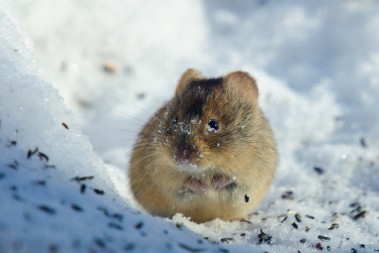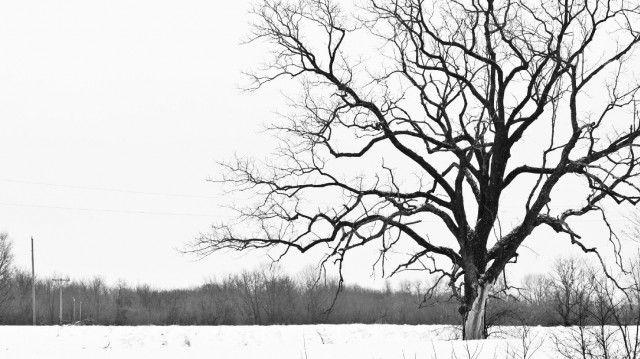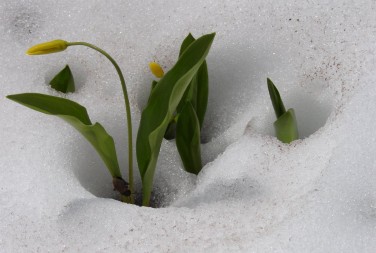“The winter is a pretty incredible time of year,” Jonathan Pauli told me. Looking out the window of his office at Wisconsin’s stubborn crust of snow, it occurred to me that “incredible” might not be the most popular adjective, especially this year, as a harrowing winter slowly releases its grip on the United States.
Pauli and his colleague Benjamin Zuckerberg explained that winter’s thick blanket of snow,inhospitable as it looks, actually provides a safe haven for plants and animals that spend their lives in northerly latitudes. “You look at the landscape and you see a blanket of homogeneous white,” said Pauli. “You think that it makes everything simple. But what is kind of fun to think about is that complex world that lives underneath the snow.”
Pauli and Zuckerberg are both professors in the Department of Forest and Wildlife Ecology at the University of Wisconsin-Madison. They call the narrow band of stability that exists between snow and soil the “subnivium.” In this wintry stratum, plants can germinate and photosynthesize and animals stay active -- some, like shrews, even raise litters here. But according to the scientists’ research, the subnivium is endangered.
Two key features help the subnivium support its tenants: temperature stability and air pockets that give animals a little breathing room.
Stable temperatures -- even low ones -- are easier than fluctuating ones for organisms to accommodate. Because water in any form takes a long time to heat up or cool down, snow is a great insulator. It traps the heat rising from the soil so that even when the air temperature plummets, the temperature at the bottom of a column of snow will hover right around freezing. Meanwhile, the heat emanating from the soil creates a rising cloud of water vapor. Those water molecules condense as they move upward, creating a band of loose, icy snow where animals can move around easily.

In this stable, humid ecosystem, spiders, woolly bear caterpillars, wood frogs, voles, shrews, lawn-killing fungi called “snow molds,” and delicate glacier lilies all thrive. As the climate changes, though, they might not be thriving for much longer.

